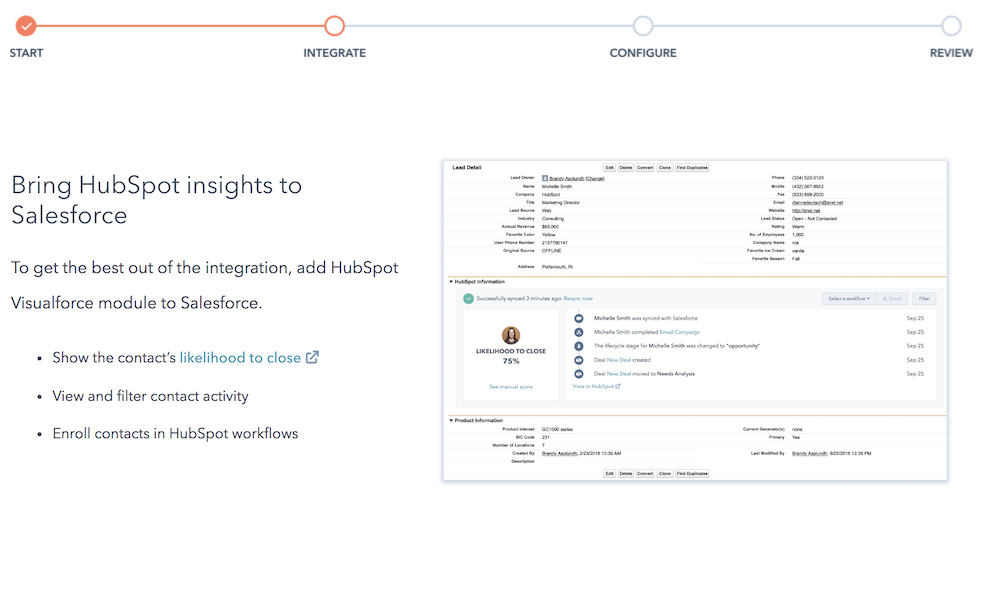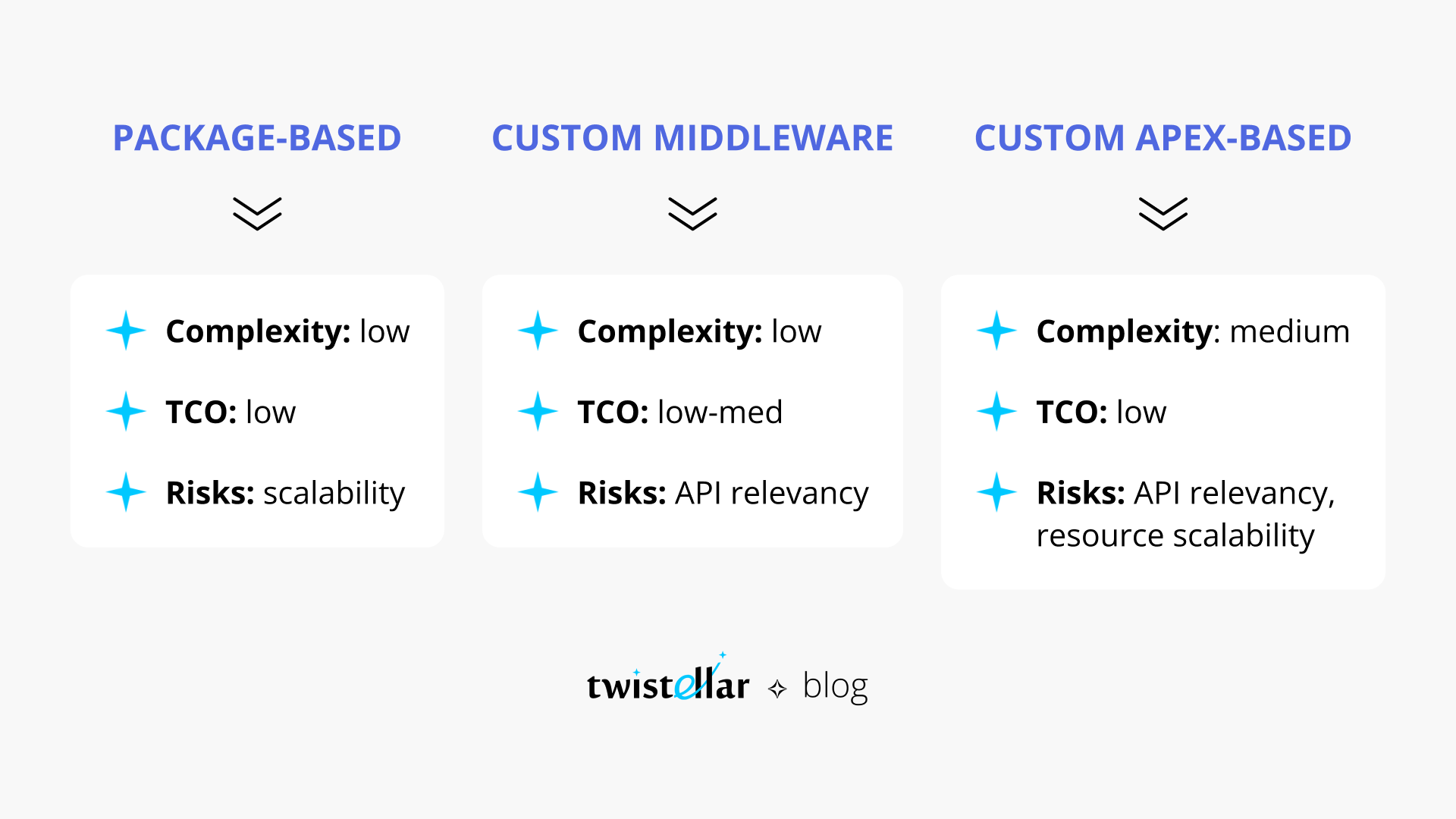
How to Integrate HubSpot With Salesforce CRM: Three Options
The goal of every business is to drive sales. However, its success is determined by the synergy of all departments, especially marketing and sales.
52.2% of sales professionals said the biggest impact of sales and marketing team misalignment is lost sales and revenue (HubSpot Sales Strategy & Trends Report, 2023)
Benefits of HubSpot and Salesforce Integration
- Lead Sync: When a lead is generated in HubSpot, it can be automatically synced to Salesforce as a new contact, ensuring that all contact information is up-to-date and accurate. When a lead is qualified and ready to convert, it can be automatically synced to Salesforce as a new opportunity, streamlining the sales process and improving efficiency.
- Lead Scoring and Grading: By using HubSpot's lead scoring and grading system, businesses can automatically prioritize leads based on their level of engagement and potential value, allowing sales teams to focus on the most promising opportunities.
- Lead Nurturing: HubSpot's lead nurturing tools can be used to automate the delivery of personalized content and messaging to leads, keeping them engaged and moving them closer to conversion.
- Lead Assignment: With HubSpot and Salesforce integration, businesses can automatically route leads to the appropriate sales representative based on such criteria as geography, industry, or product interest.
How to Integrate HubSpot With Salesforce CRM
1. HubSpot Salesforce Connector
- it syncs accounts/contacts/activities/deals
- it provides manual sync configuration
- it installs an embedded area for visualizing HubSpot data at the lead level
- it collects sync errors and provides quite detailed information about them

- syncs once every 10-15 minutes
- works mostly with the standard data model
- doesn't manage webhooks
- can't be adjusted to manage sync errors, e.g., related to duplicate rules or automated validations
2. Custom Middleware Connector
- connect to HubSpot API
- receive data from HubSpot webhooks
- integrate with Salesforce
- integrate with ESB, e.g. Azure Service Bus
- provide its own API and keep a staging database
- run business rules and data match
- it must be deployed to a server, e.g., Heroku or Azure
- it must be accompanied by a logging system to have a clear view of its state, e.g., PagerDuty
3. Custom Salesforce Integration
- connect to HubSpot API (SF async limits to be considered)
- receive data from HubSpot webhooks (SF site limits to be considered)
- provide its own API
- run business rules and data match
- provide easy sync management capabilities
- Salesforce has execution limits
- some protocols, e.g., FTP, are not supported
- a few limits can be extended, but governor limits cannot be overcome





Responses